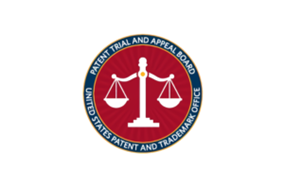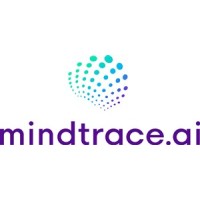By: Shubha Ghosh, JD, PhD
The 1980 Bayh-Dole Act, amendments to the Patent Act, permitted university and federally funded research centers to patent technologies derived through agency funded research with the goal of marketing the breakthroughs. An overlooked criticism of the Bayh-Dole Act: its overemphasis on universities and its exclusion of other institutions that can serve to channel creative energies to the public. While the USPTO has in recent years promoted innovation and entrepreneurship education in secondary schools, the agency has ignored adult education programs such as in community colleges.
These programs are important as they bridge secondary schools and the universities that are the subject of Bayh-Dole’s largesse. In 2023, there were 4.5 million students enrolled in public 2-year postsecondary institutions and just under 178,000 students in private for-profit postsecondary institutions. Nearly 60 percent of students enrolled in community colleges are women, and over a million are Hispanic and over 650 thousand are African-American. The pool of talent is diverse and representative of the cohort of “lost Einsteins” that the USPTO seeks to address.
Promotion of adult education can lower barriers to innovation through the presence of programs on entrepreneurship within adult education to target adult learners. These programs can promote innovation among adult learners who may be more inclined to engage in entrepreneurship than the broader population. Adult education as an overlooked pathway to innovation supports the following policy goals for the USPTO as well as for other policy influencers who seek to expand the innovation ecosystem:
- The USPTO has been promoting entrepreneurship among K-12 learners, veterans, and rural residents. Adult learners have also been discussed as a potential audience for patent education. Houston Community College provides educational opportunities through its Patent Academy, funded by Qualcomm. The Patent Academy may serve as a model for other community colleges and for the USPTO in designing a program for adult learners.
- Annual reports from entrepreneurship programs in community colleges (such as Onondaga Community College) provide within county and cross-county data on start-ups and ongoing enterprises that can supplement information from the Innovation Atlas. Such data can aid in better understanding innovation deserts and innovation success stories.
- More details of activities by the Small Business Administration in meeting the needs of adult learners need to be studied. The SBA funds some entrepreneurship programs such as the one at Onondaga Community College. Such funding has been available since at least 1984. This long history can provide data on the success of SBA funding as well as gaps in the needs of adult learners.
- Programs vary in legal education and access to legal representation. Further information is needed about patenting practices by adult learners, knowledge of business law, knowledge of the legal system, and knowledge of local, state, and federal resources for entrepreneurs.



